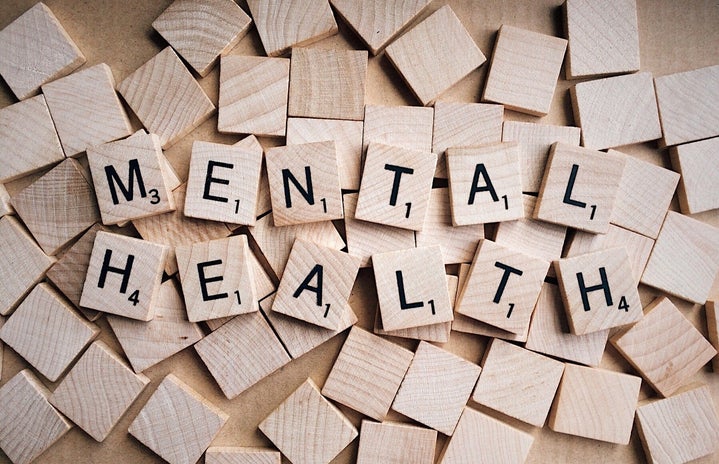Ah, it’s finally that time of year- time for pumpkin-flavored everything, extra layers, and a little less guilt for sleeping in on the weekends. There is so much to enjoy about fall and winter, even for the people who dislike the frigid weather (yep- I am definitely one of those people). The colder months mean holiday gatherings, warm home-cooked meals, and plenty of great photo ops if it snows. In some people, this time of year evokes excitement and joy. For others, such as those with the winter blues or those battling SAD (seasonal affective disorder), it may be a dreaded few months on the calendar.
Many people experience the winter blues, which typically begins around October when outside temperatures begin to fall (of course, this timeline may vary depending on where you live). The winter blues may cause someone to have a decreased mood, feel lethargic, and have less motivation to socialize or complete tasks.
However, when these seasonal mood changes start to affect your work life and relationships, it could be a more serious problem: a form of depression called SAD. The DSM-5 classifies SAD as a major depressive disorder with a seasonal pattern. About 6% of adults in America have SAD, and about 14% of Americans struggle with the winter blues. Oh, and here’s a fun fact- women are four times as likely to experience SAD than men. So, let’s chat a little about why both the winter blues and SAD exist and explore some ways that we can combat their negative effects on our mood and well-being.
Causes:
There are several things that contribute to the downfall of one’s mood as the temperature drops, including:
-
Lack of sunlight- Not getting enough natural sunlight can literally affect the way we think and feel by depriving our body of the essential feel-good neurotransmitter, serotonin. Darkness also prompts our body to produce melatonin and disturbs our circadian rhythm (biological clock), which is why the winter blues or SAD can make you feel so tired and groggy.
-
Decrease in social & outdoor interaction- Because it’s so cold out, people often resort to staying indoors, and many times do so alone in the comfort of their home. Staying inside or having limited access to the outdoors can lead to feelings of isolation or loneliness. During the nationwide COVID-19 quarantine, the most exciting part of my day was always walking my dog because I just craved the outdoors and a chance to say hello to my neighbors. Nature grounds us and brings communities together, but being outside in winter isn’t usually worth the risk of turning into human icicles.
Symptoms (particular to SAD- milder forms could describe winter blues):
-
Feeling depressed most of the day, nearly every day
-
Sleeping excessively
-
Constantly feeling tired/exhausted
-
Isolating yourself from family or friends
-
Losing interest in hobbies or activities you used to enjoy
-
Struggling to keep yourself focused
-
Having thoughts about suicide
Possible treatments for SAD/winter blues include:
-
Light therapy: You can purchase a lightbox or light therapy lamp from Amazon or any major retailer. All you have to do is sit in front of the box or lamp every day and let your body absorb all that glorious light, which will have the same effect on improving your mood as natural light.
-
Vitamin D therapy: People with SAD tend to have low vitamin D levels, as well as anyone who lives far from the equator (such as all of us here in America). It’s a great idea to incorporate a vitamin D supplement into your diet year-round to ensure your body is well prepared for the months where sunlight may be more scarce.
-
Other forms of therapy, such as CBT: Cognitive behavioral therapy. CBT is known for helping patients with depression combat negative and intrusive thoughts. A therapist or professional can work with you to help you alter your thinking patterns into ones that lead to more positive thoughts and behaviors.
Without meeting SAD criteria, a lot of us still deal with the winter blues; I’d even argue that it’s much more common than the statistics estimate. The number of people affected may certainly be exacerbated this season, as we’re all struggling to survive a pandemic on top of this year’s presidential election. If you think your winter blues are impacting multiple areas of your life, consider seeking help. Also, if you or a friend is struggling with depression that is leading to thoughts of suicide, please reach out to the National Suicide Prevention Lifeline at 1-800-273-8255. Always remember- you are strong, you are brave, and you are worthy!



